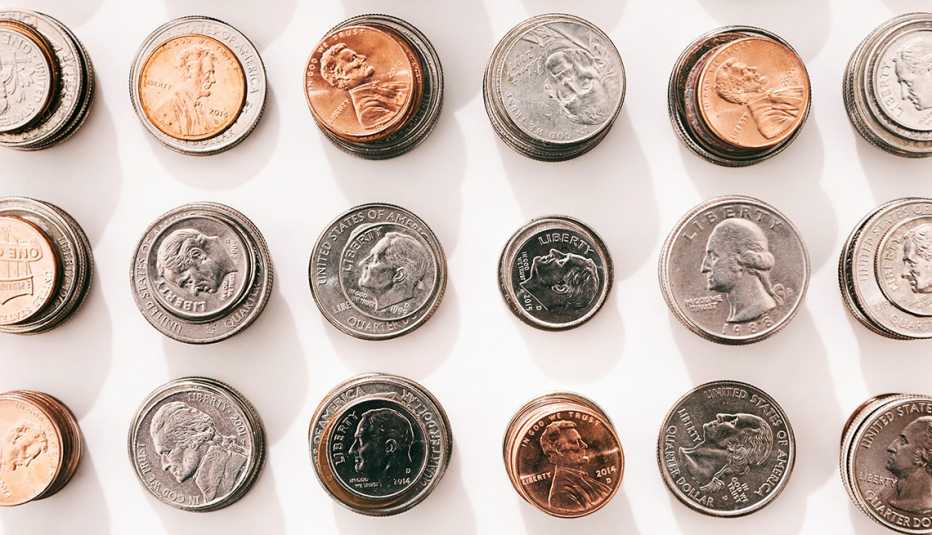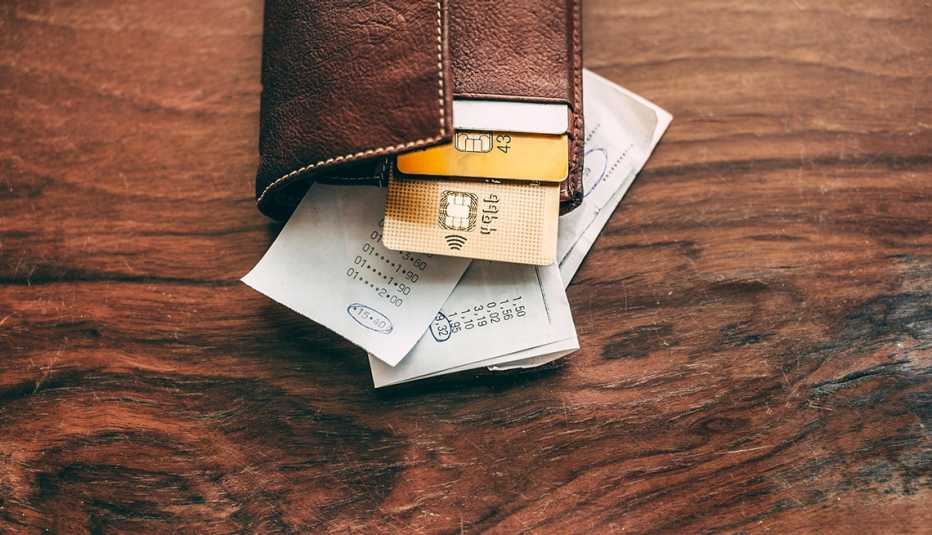Staying Fit


There are two general attitudes about saving money. The first is that it’s frustrating, restrictive, a hassle to have to worry about a dollar here and a dollar there. The second is that finding bargains, adding to savings and living well for less can be a fun game that you can frequently win. Guess which attitude best serves your bank account? Truth is, having an eager, positive attitude about smart money management is more than half the battle. Apply that spirit to the advice below, and you will make this year one in which your financial health grows and grows.


START SMALL
1. Clear the spam
Search “unsubscribe” in your email inbox to locate and unsubscribe from all those routine emails from retailers that shout about special discounts and try to get you to buy items you probably don’t need. If you have a Gmail account, Google automatically puts an “Unsubscribe” button at the top of emails sent from a mailing list, to the right of the sender’s email address, for quicker deletion.


AARP Membership— $12 for your first year when you sign up for Automatic Renewal
Get instant access to members-only products and hundreds of discounts, a free second membership, and a subscription to AARP the Magazine.
2. Hide your savings
A great way to save extra is to set up an account that’s out of sight. In addition to your regular savings or checking account, arrange to have a percentage or a set dollar amount of your paycheck routinely funneled into this new hidden account. Many banks allow you to name it something to help you keep focused on saving: “New home” or “international vacation” or even “keep your paws out of here.”.
3. Shop for a new bank
Banks charge fees on 60 percent of checking accounts, and some levy up to $5 per transaction for using out-of-network ATMs. Nitin Mhatre, chairman of the board of the Consumer Bankers Association, suggests going to FindABetterBank.com to locate a bank that offers free checking accounts with no ATM fees. You can also research on Bankrate.com, Nerdwallet.com or Investopedia.com.
4. Earn more when saving
Steer clear of standard savings accounts where interest rates can be as low as .01 percent. Some high-yield accounts offer interest rates of 2.15 percent, which adds up to an extra $214 per year on a $10,000 balance. “Most people aren’t even aware these kinds of accounts exist,” Mhatre says. Transferring cash to a high-interest account helps you maximize your returns.
5. Find unclaimed cash
By law, unclaimed property such as uncashed dividends and utility security deposits must be handed over to state treasuries. Check the National Association of Unclaimed Property Administrators’ database at unclaimed.org to see whether you are entitled to unclaimed cash. On average, the association helps consumers reclaim more than $3 billion annually.
6. Clean out your closet
Your gently (or never) worn clothes, shoes and accessories can be sold on sites like Poshmark, Mercari and ThredUp. In addition to selling her own name-brand clothes online, Ingram scours Goodwill for designer duds to resell. Her most profitable find: a new Alice and Olivia dress with the tags attached for 99 cents; she sold it for $90.


SPEND SMART
7. Find retroactive deals
Apps like Paribus track your online purchases and monitor price drops. If the price on an item you purchased in the last 30 days drops, the Capital One-owned app negotiates with retailers like Target, Costco and Amazon to refund the difference. Earny and Sift offer similar services.
8. Carefully track your dollars
Get a notebook and write down how much you spend from day to day, from coffee and little treats all the way up to your biggest bills. Very often, the simple act of tracking your expenses — and forcing yourself to watch the dollars add up — is enough to nudge you into more thoughtful spending. If you want to leave the math to an app, try Dave Ramsey’s EveryDollar, an online budget tool that uses his “baby steps” method to pay down debt and not add to it. The easy-to-use Mint app, which you can access on a computer or mobile device, is another good option.



































































More Smart Guides
Declutter Your Home
Unsure what to purge? Follow these simple strategies
Live a Healthier Lifestyle
22 daily tweaks good for your body and mind
Reboot Your Beauty Regime
Give maturing skin and hair the right kind of attention